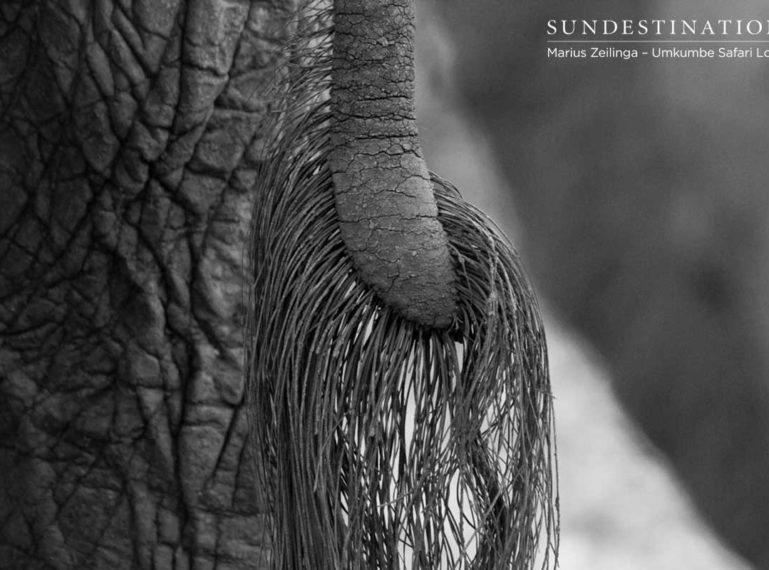
Our gentle pachyderms make for incredible photographic subjects. Marius Zeilinga, a ranger at Umkumbe Safari Lodge, decided to use his creative streak and photograph various parts of an elephant’s anatomy. He’s captured close-ups of ears, tusks, skin, trunk and tail. We’re loving his black and white photos of these emotional jumbos!
Here are a few facts about the part’s of the elephant anatomy which Marius photographed:
Elephant’s Tusks :
An elephant has a dominant tusk and is either “left tusked” or “right tusked”. The shorter tusk is a clear indication of the dominant tusk. Tusks grow continuously throughout an elephant’s life and have a multi-purpose use. They use them for digging, foraging and weapons against dangerous predators.
Elephant’s Skin :
Curiously enough, an elephant has quite tender skin which is prone to sunburn. The skin is about 4 cm thick, it is only partially covered with small sprouts of course hair, which means there is not much protection from UV rays. In order to thermoregulate and elephant will take regular dust/mud baths. The layer of dust or moisture actually traps cool air close to the skin preventing too much sun exposure and keeping the jumbo’s temperature regular.
Elephant’s Ears :
Did you know that an elephant’s ear weighs up to 20 kgs? They have huge ears which would explain their acute sense of hearing. Together with their dust baths, ears play a vital role in thermoregulating the body. To express a range of emotions jumbos use their ears. When a bull elephant flaps it ears forward and extends them, then it’s time to worry!
Elephant’s Trunk :
The dexterity of an elephants trunk is incredible. The trunk is used to grasp things, soak up water and aids in placement of food within its mouth. The trunk is even used as a snorkel when they wade through water! There are actually finger like structures at the end of the trunk which are used to grasp small branches and foliage. Litres of water can be sucked up through the trunk and to ensure the mouth is not pierced by thorny branches, the trunk neatly compartmentalises foliage in the mouth! One of the most endearing things to watch in the wild is an elephant calf trying to control its trunk – they often trip over their new appendage!
Elephant’s Tail :
This is another part of an elephant’s body that has many uses. When a young calf tries to keep up with the herd it will grip the tail of an older matriarch for security. The tails also make useful fly swatters !
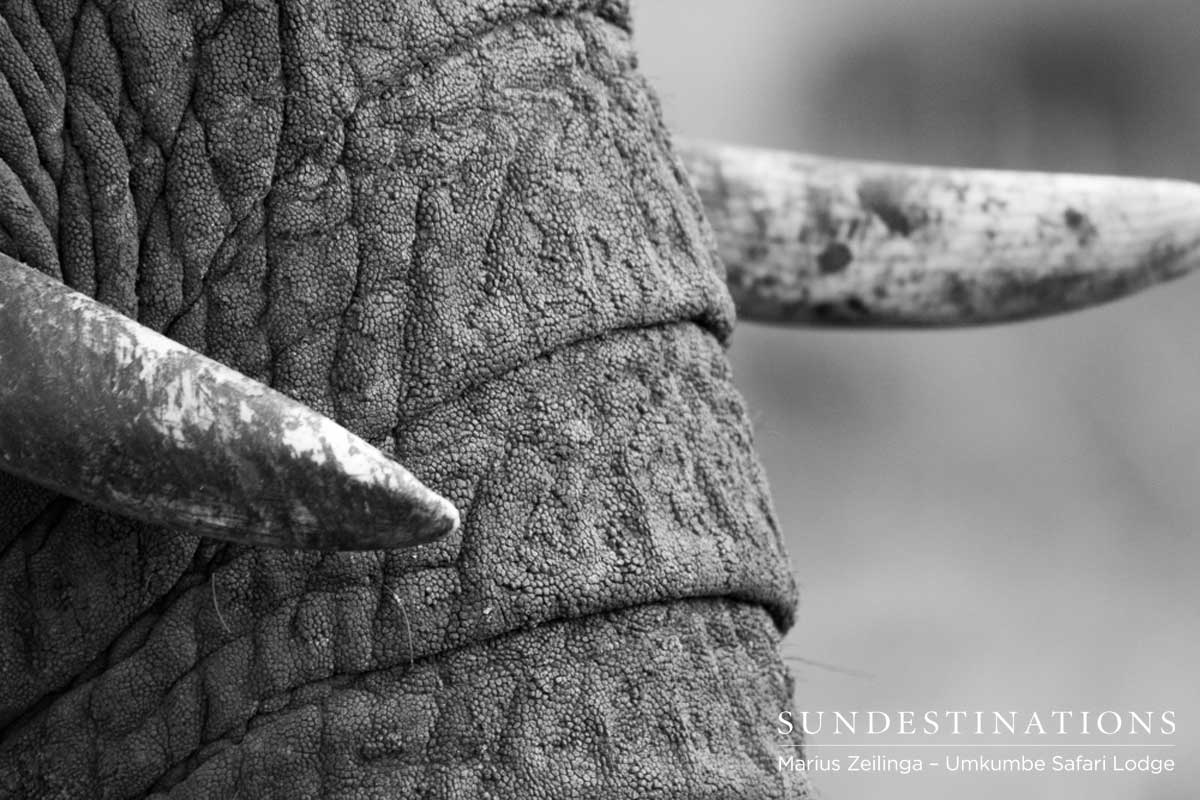
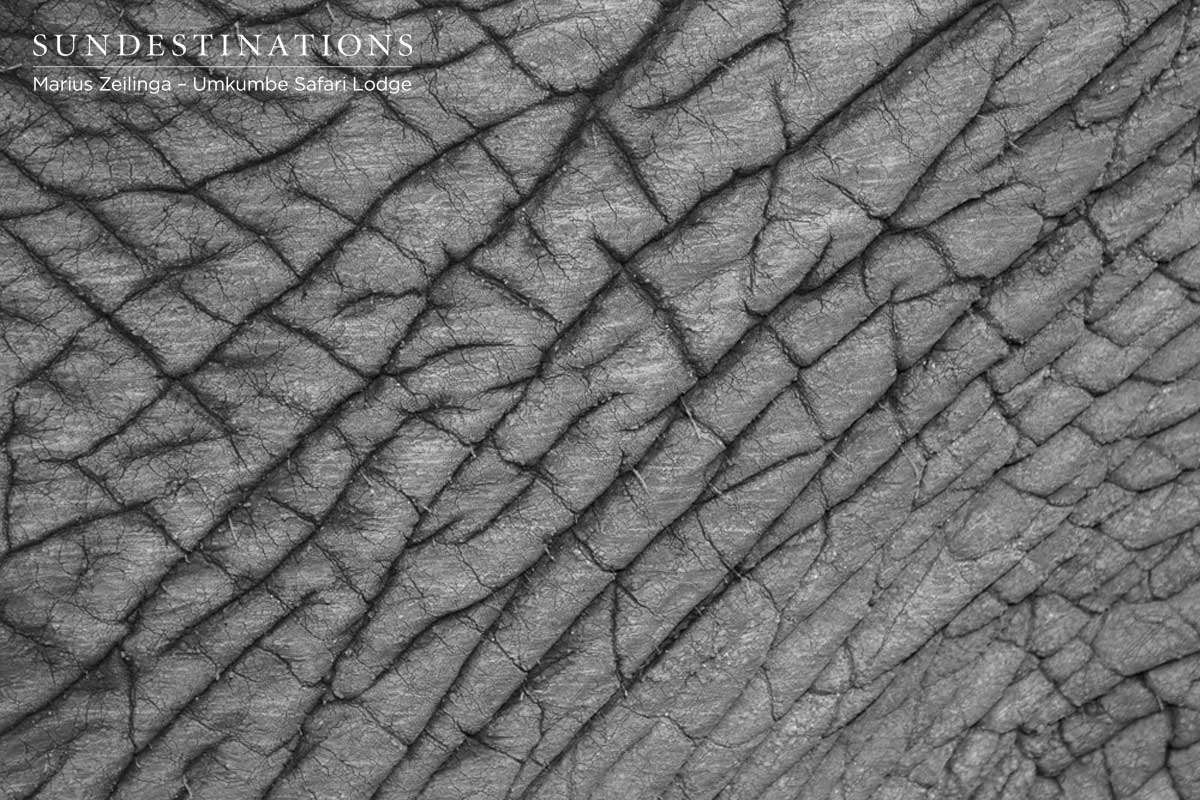
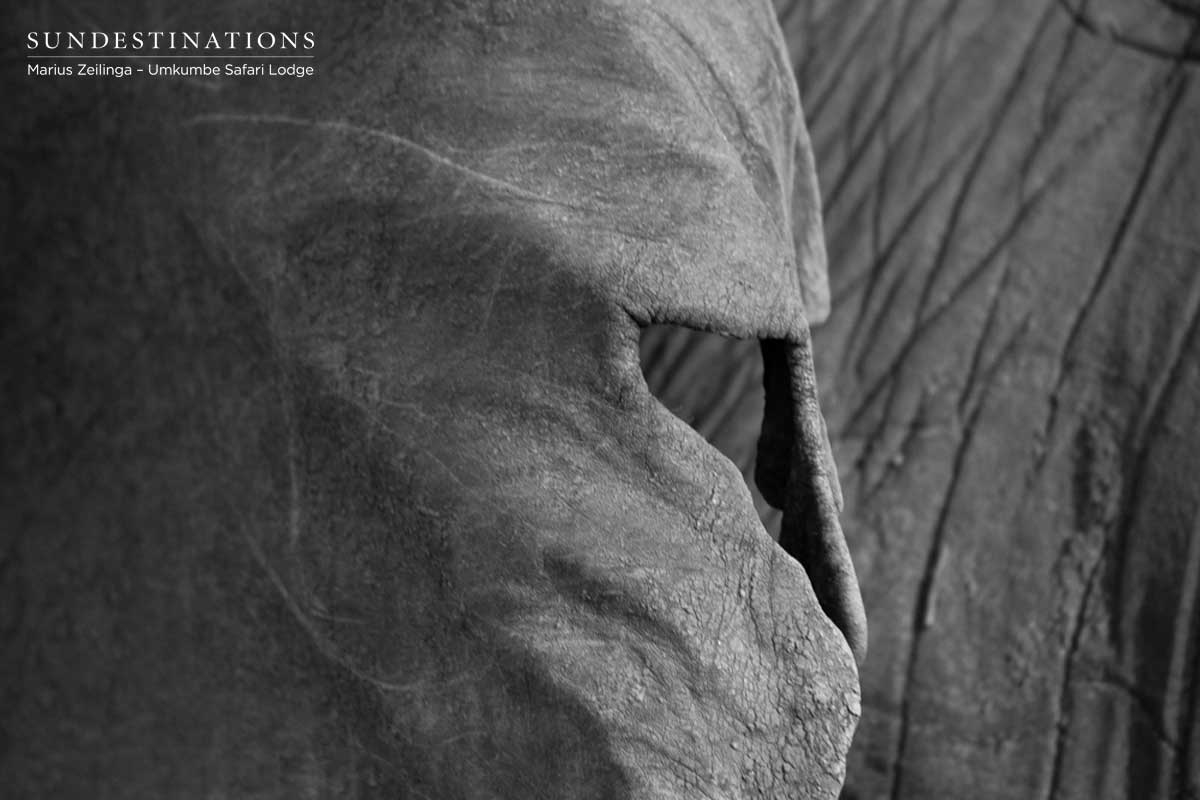
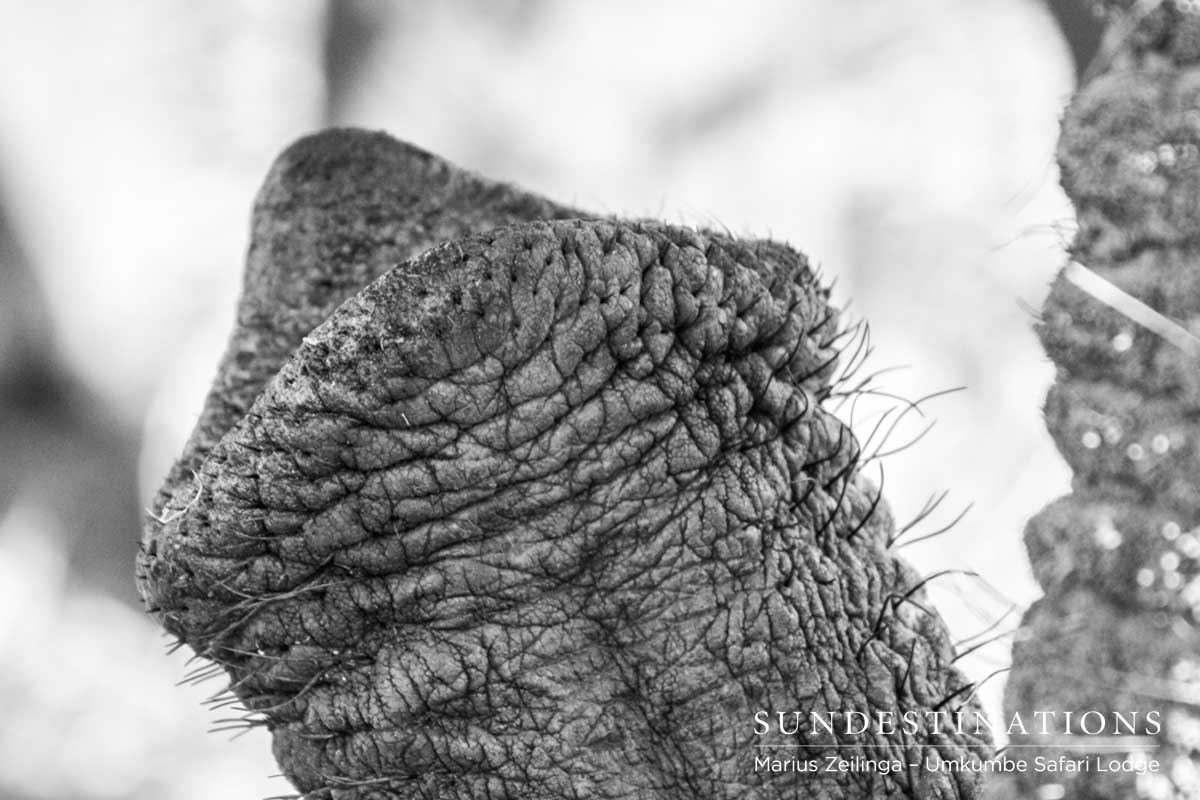
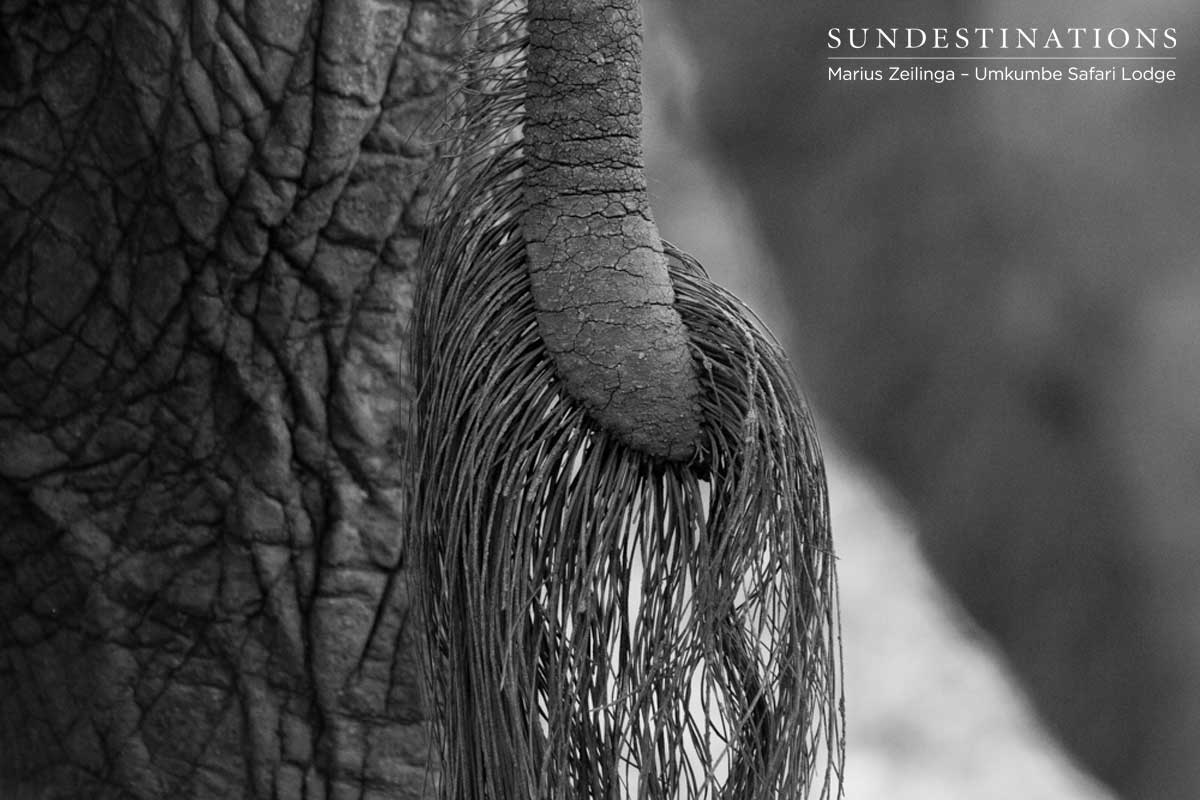
Leave a Comment